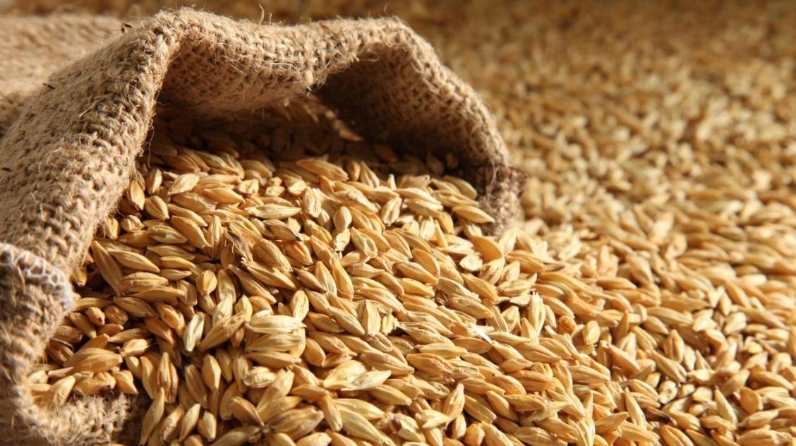Tatarstan scientists announce: Seed dressing is the basis for the formation of a high yield

Scientists at TatNIIKhS believe that no barley plant protection measure has such a high return on investment and effectiveness as seed dressing, since more than 60% of phytopathogens are transmitted through seeds. Sowing with infected seeds leads to the transfer of diseases to vegetative plants and thereby creates and maintains foci of infection in crops.
It is necessary to carry out on the basis of phyto-examination the analysis of seeds, taking into account the identified pathogens and comparing the data with the thresholds of contamination. In recent years, a serious phytosanitary danger to plants has been represented by an increase in helminth-sporious and alternative infections, and seed damage by molds has intensified. Seeds infected with alternariosis make up to 95%, helminthosporiomas - 25-30%, fusariosis 10-15%, bacteriosis 5-10%. In dry years, the incidence of smut diseases and root rot increases, which negatively affects field germination, reducing it to 72-85%. A large load of pathogens falls on the seed material, especially in recent years, associated with minimizing the main tillage.
Sampling for phyto-analysis must be carried out after cleaning and sorting the grain. Removal of a small, weak, usually sick, and injured grain is also one of the preventive methods of protecting plants from diseases transmitted through seeds.
In order to make full use of the potential opportunities for productivity of a variety, it is necessary to sow selected seeds that are equal in size and biologically most valuable; the state provided a GOST R 52325-2005 for this.
The Ministry of Agriculture and Food of the Republic of Tatarstan reminds that only conditioned seeds that have been calibrated and tested for germination are subject to pickling. Severely damaged seeds or with high humidity should not be treated.
Only heavily weighted seeds with a growth rate of not less than 80%, germination of not less than 92% and a mass of 1000 grains of more than 45 g should be used for sowing. Seed dressing is carried out in advance (7-14 days) before sowing at positive temperatures, or right before sowing.
Based on many years of research by scientists of TatNIISH it was found that the implementation of a set of protective measures before sowing and during the growing season allows you to save up to 10 centners of the crop.